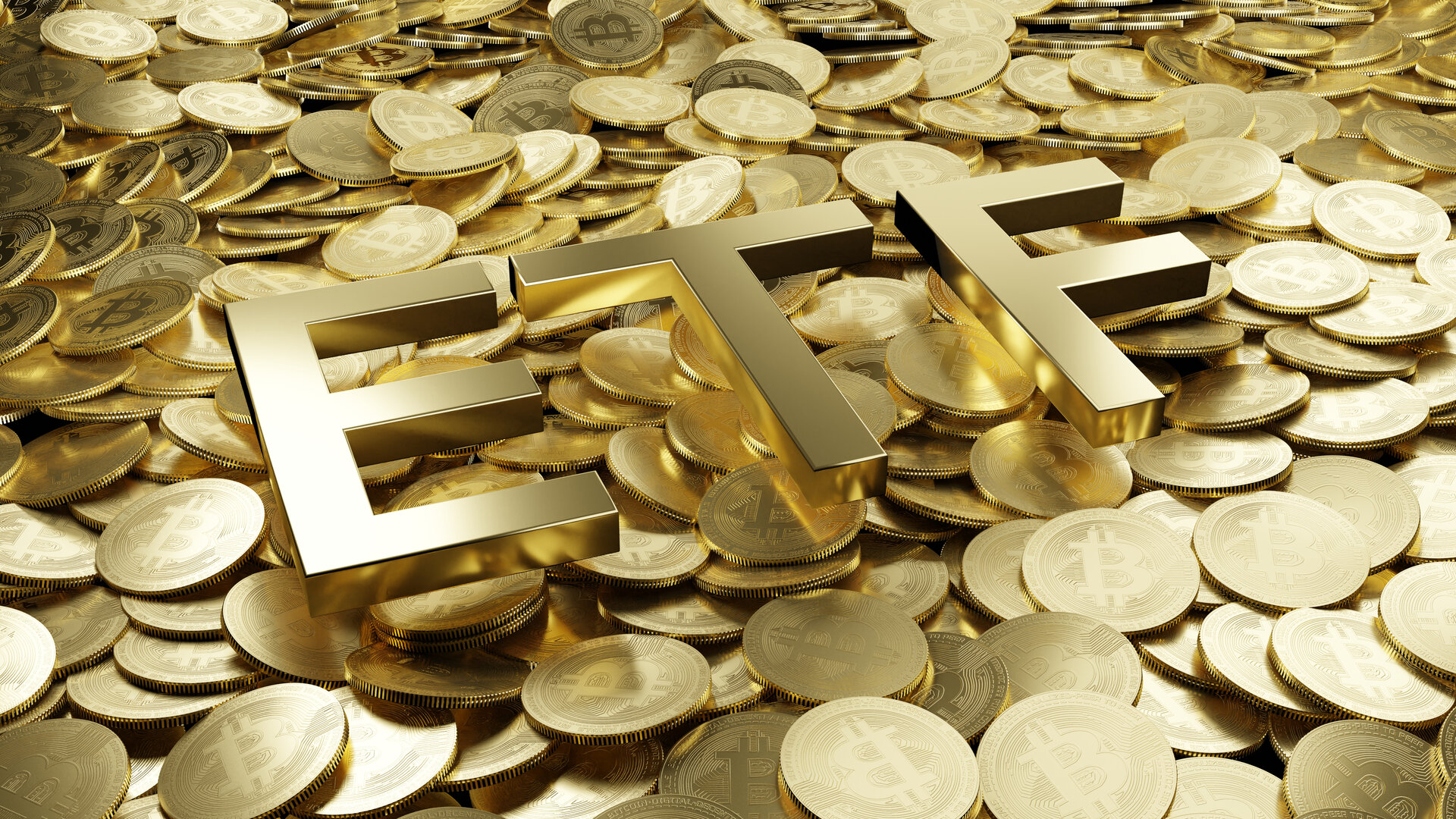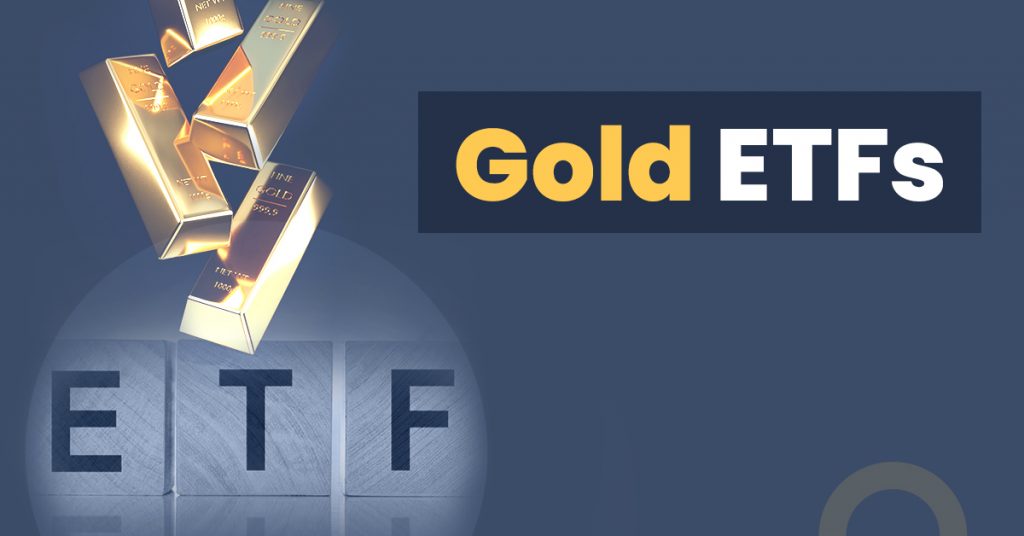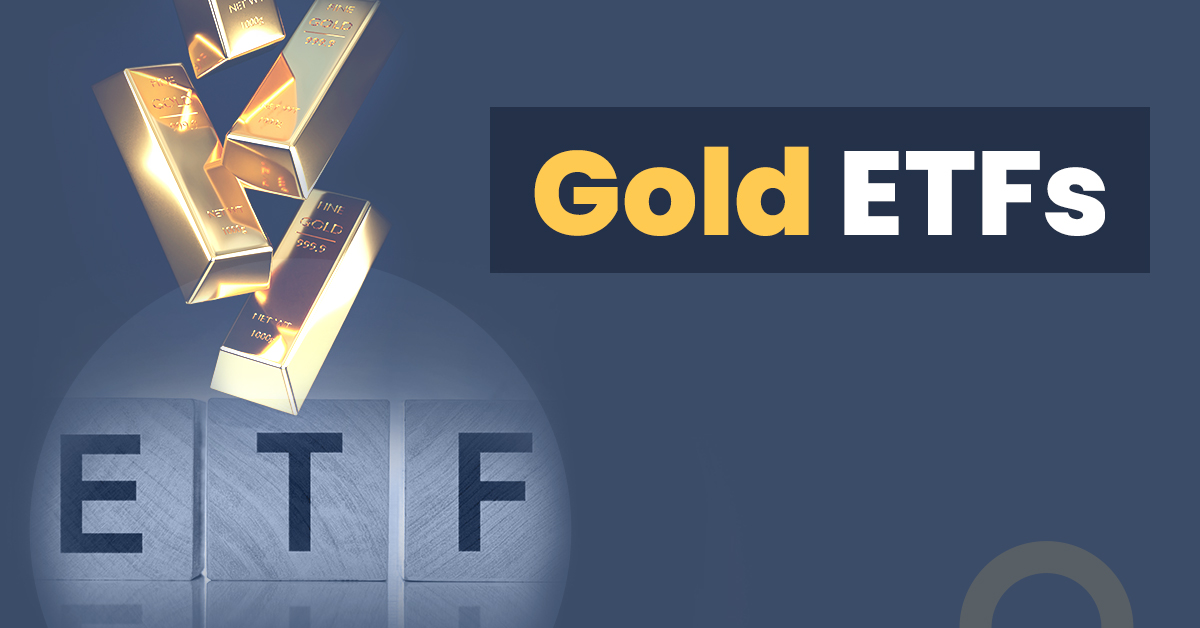Understanding Gold ETFs: Types and Characteristics
Gold ETFs can be broadly classified into three main categories: physical gold ETFs, gold mining ETFs, and leveraged gold ETFs. Physical gold ETFs, such as SPDR Gold Shares (GLD), track the price of physical gold and hold actual gold bars in a vault. Gold mining ETFs, such as VanEck Vectors Gold Miners ETF (GDX), invest in the stocks of gold mining companies, providing exposure to the gold market through the equity of these companies. Leveraged gold ETFs, such as ProShares Ultra Gold (UGL), use derivatives to provide magnified exposure to the gold market, often with a 2x or 3x leverage.
Each type of gold ETF has its unique characteristics, investment objectives, fees, and risks. Physical gold ETFs typically have lower fees compared to gold mining ETFs, but may have higher tracking errors. Gold mining ETFs, on the other hand, offer the potential for higher returns, but come with higher fees and risks associated with equity investments. Leveraged gold ETFs are designed for short-term trading and can be highly volatile, making them unsuitable for long-term investors.
When considering how to invest in gold ETFs, it is essential to understand the characteristics of each type of ETF and how they align with your investment goals and risk tolerance. By selecting the right gold ETF, investors can gain exposure to the gold market and potentially increase their returns. However, it is crucial to carefully evaluate the fees, risks, and investment objectives of each ETF before making a decision.
How to Choose the Right Gold ETF for Your Portfolio
When it comes to selecting a gold ETF, there are several factors to consider. One of the most important considerations is the expense ratio, which is the annual fee charged by the ETF provider. A lower expense ratio can help to reduce the overall cost of investing in gold ETFs. Another key factor to consider is trading volume, as ETFs with higher trading volumes tend to be more liquid and easier to buy and sell.
Tracking error is also an important consideration when selecting a gold ETF. Tracking error refers to the difference between the performance of the ETF and the performance of the underlying gold index. A lower tracking error indicates that the ETF is more closely tracking the performance of the gold index. Investors should also consider the investment objectives and risks associated with each gold ETF, as well as any other fees or charges that may apply.
When evaluating gold ETFs, investors should also consider their own investment goals and risk tolerance. For example, investors who are looking for a low-risk investment may prefer a physical gold ETF, while investors who are looking for a more aggressive investment may prefer a leveraged gold ETF. By carefully evaluating these factors, investors can choose a gold ETF that aligns with their investment objectives and risk tolerance.
Ultimately, the key to successfully investing in gold ETFs is to choose an ETF that meets your investment needs and goals. By doing your research and carefully evaluating the different types of gold ETFs available, you can make an informed decision and potentially increase your returns. Whether you’re a seasoned investor or just starting out, gold ETFs can provide a valuable addition to a diversified investment portfolio.
Popular Gold ETFs: A Review of Top Performers
When it comes to investing in gold ETFs, there are several popular options to consider. One of the most well-known gold ETFs is the SPDR Gold Shares (GLD), which tracks the price of gold and holds physical gold bars in a vault. Another popular option is the iShares Gold Trust (IAU), which also tracks the price of gold and holds physical gold bars.
The VanEck Vectors Gold Miners ETF (GDX) is another popular option, which invests in the stocks of gold mining companies. This ETF provides exposure to the gold market through the equity of these companies, rather than through physical gold. The GDX ETF has been a top performer in the gold ETF space, with a strong track record of returns.
When evaluating popular gold ETFs, it’s essential to consider their performance, fees, and other key characteristics. For example, the GLD ETF has a low expense ratio of 0.40%, making it a cost-effective option for investors. The IAU ETF also has a low expense ratio of 0.25%, making it an attractive option for investors looking for a low-cost gold ETF.
In addition to these popular gold ETFs, there are several other options available, including the ETFS Physical Swiss Gold Shares (SGOL) and the PowerShares DB Gold Fund (DGL). These ETFs offer different investment strategies and characteristics, so it’s essential to evaluate them carefully before making a decision.
By considering the performance, fees, and other key characteristics of popular gold ETFs, investors can make an informed decision and potentially increase their returns. Whether you’re a seasoned investor or just starting out, gold ETFs can provide a valuable addition to a diversified investment portfolio.
Investing in Gold ETFs: A Step-by-Step Guide
Investing in gold ETFs can be a straightforward process, but it’s essential to follow the right steps to ensure a successful investment. Here’s a step-by-step guide on how to invest in gold ETFs:
Step 1: Open a Brokerage Account – To invest in gold ETFs, you’ll need to open a brokerage account with a reputable online broker. Look for a broker that offers a wide range of gold ETFs and has a user-friendly trading platform.
Step 2: Fund Your Account – Once you’ve opened your brokerage account, you’ll need to fund it with money to invest. You can do this by transferring funds from your bank account or by depositing a check.
Step 3: Choose Your Gold ETF – With your account funded, you can now choose the gold ETF you want to invest in. Consider factors such as expense ratios, trading volumes, and tracking errors when making your decision.
Step 4: Place a Trade – Once you’ve chosen your gold ETF, you can place a trade by entering the ticker symbol and the number of shares you want to buy. You can also set a limit order to specify the price at which you want to buy the ETF.
Step 5: Monitor Your Investment – After you’ve placed your trade, it’s essential to monitor your investment regularly to ensure it’s performing as expected. You can do this by tracking the ETF’s price and adjusting your portfolio as needed.
By following these steps, you can successfully invest in gold ETFs and potentially increase your returns. Remember to always do your research and consider your investment goals and risk tolerance before making a decision.
Managing Your Gold ETF Investment: Tips and Strategies
Once you’ve invested in a gold ETF, it’s essential to manage your investment effectively to maximize returns and minimize risks. Here are some tips and strategies to help you manage your gold ETF investment:
Rebalancing Your Portfolio: Regularly review your portfolio to ensure that your gold ETF investment remains aligned with your investment goals and risk tolerance. Rebalance your portfolio as needed to maintain an optimal asset allocation.
Tax Implications: Consider the tax implications of your gold ETF investment. Gold ETFs are generally taxed as collectibles, which means that long-term capital gains are taxed at a rate of 28%. Consider holding your gold ETF investment for at least one year to qualify for long-term capital gains treatment.
Risk Management Techniques: Use risk management techniques such as stop-loss orders and position sizing to limit potential losses and maximize returns. Consider using a trailing stop-loss order to automatically sell your gold ETF investment if it falls below a certain price.
Monitoring Your Investment: Regularly monitor your gold ETF investment to stay informed about market trends and potential risks. Consider setting up a price alert to notify you when your gold ETF investment reaches a certain price.
By following these tips and strategies, you can effectively manage your gold ETF investment and maximize returns. Remember to always stay informed and adapt to changing market conditions to ensure long-term success.
Common Mistakes to Avoid When Investing in Gold ETFs
When investing in gold ETFs, it’s essential to avoid common mistakes that can lead to losses and decreased returns. Here are some common mistakes to avoid:
Over-Leveraging: Avoid over-leveraging your investment by using excessive margin or borrowing to invest in gold ETFs. This can lead to significant losses if the market moves against you.
Failing to Diversify: Don’t put all your eggs in one basket by investing too heavily in a single gold ETF. Diversify your portfolio by investing in a mix of gold ETFs, stocks, and bonds to minimize risk.
Not Monitoring Your Investment: Regularly monitor your gold ETF investment to stay informed about market trends and potential risks. Adjust your portfolio as needed to maintain an optimal asset allocation.
Not Considering Fees: Don’t ignore the fees associated with gold ETFs, including management fees, trading fees, and other expenses. Consider the total cost of ownership when selecting a gold ETF.
Not Understanding the Investment: Don’t invest in a gold ETF without understanding the underlying investment. Take the time to research the ETF’s investment objectives, risks, and fees before making a decision.
By avoiding these common mistakes, you can increase your chances of success when investing in gold ETFs. Remember to always do your research, diversify your portfolio, and monitor your investment regularly to maximize returns and minimize risks.
Conclusion: Unlocking the Potential of Gold ETFs
Investing in gold ETFs can be a valuable addition to a diversified investment portfolio. By understanding the benefits and advantages of gold ETFs, including diversification, hedging against inflation, and ease of trading, investors can make informed decisions about their investment strategy.
By following the tips and strategies outlined in this article, investors can unlock the potential of gold ETFs and potentially increase their returns. Whether you’re a seasoned investor or just starting out, gold ETFs can provide a low-cost and efficient way to gain exposure to the gold market.
Remember to always do your research, consider your investment goals and risk tolerance, and monitor your investment regularly to maximize returns and minimize risks. With the right approach, investing in gold ETFs can be a valuable addition to your investment portfolio.
By incorporating gold ETFs into your investment strategy, you can potentially reduce risk, increase returns, and achieve your long-term financial goals. So why not start investing in gold ETFs today and unlock the potential of this valuable investment opportunity?
Conclusion: Unlocking the Potential of Gold ETFs
In conclusion, investing in gold ETFs can be a valuable addition to a diversified investment portfolio. By understanding the benefits and advantages of gold ETFs, including diversification, hedging against inflation, and ease of trading, investors can make informed decisions about their investment strategy.
Throughout this article, we have discussed the different types of gold ETFs, including physical gold ETFs, gold mining ETFs, and leveraged gold ETFs. We have also provided tips on how to select a gold ETF that aligns with your investment goals and risk tolerance, as well as a step-by-step guide on how to invest in gold ETFs.
Additionally, we have reviewed some of the most popular gold ETFs, including SPDR Gold Shares (GLD), iShares Gold Trust (IAU), and VanEck Vectors Gold Miners ETF (GDX). We have also discussed common mistakes to avoid when investing in gold ETFs, including over-leveraging, failing to diversify, and not monitoring your investment regularly.
By following the tips and strategies outlined in this article, investors can unlock the potential of gold ETFs and potentially increase their returns. Whether you’re a seasoned investor or just starting out, gold ETFs can provide a low-cost and efficient way to gain exposure to the gold market.
So why not start investing in gold ETFs today and unlock the potential of this valuable investment opportunity? With the right approach, investing in gold ETFs can be a valuable addition to your investment portfolio.

.jpg)






